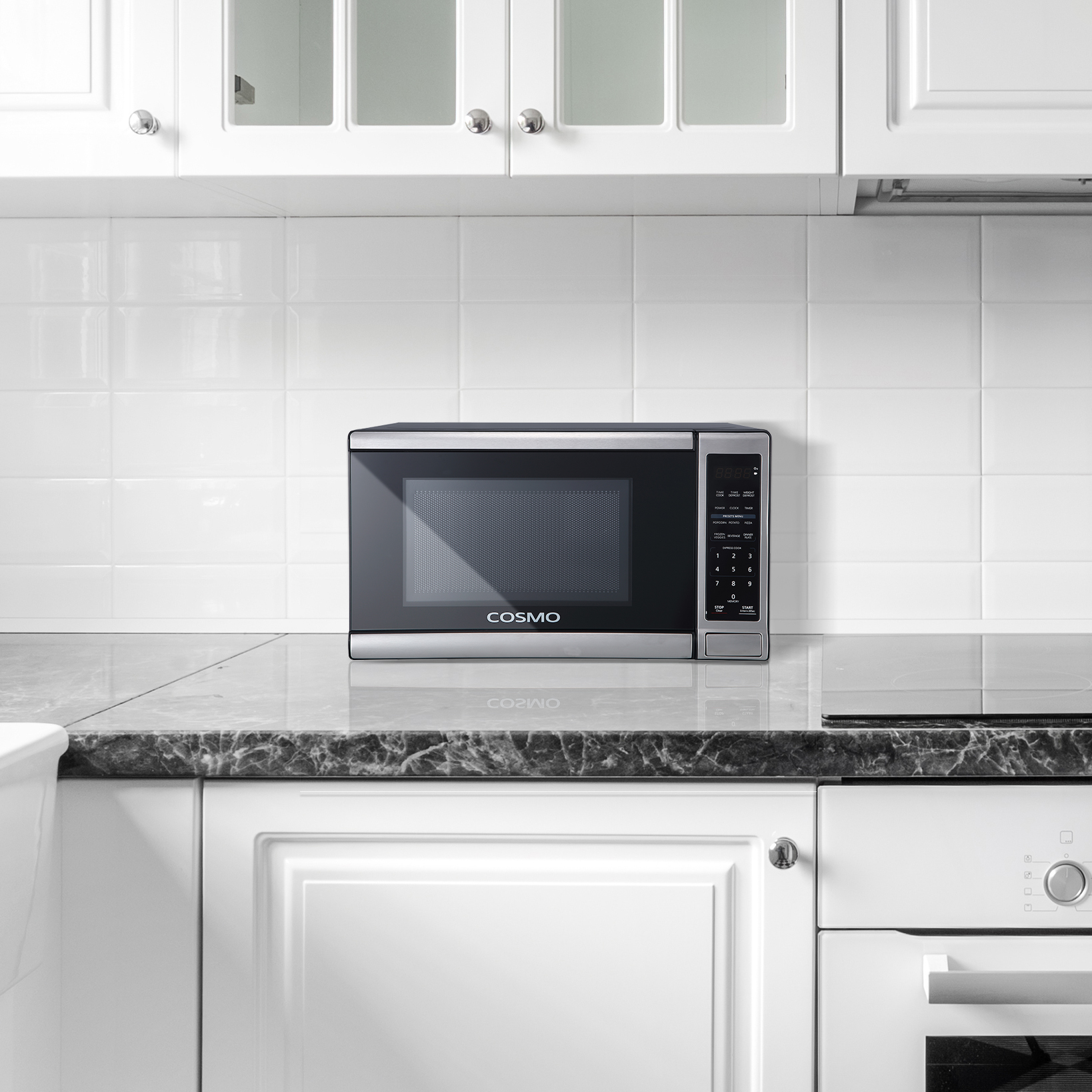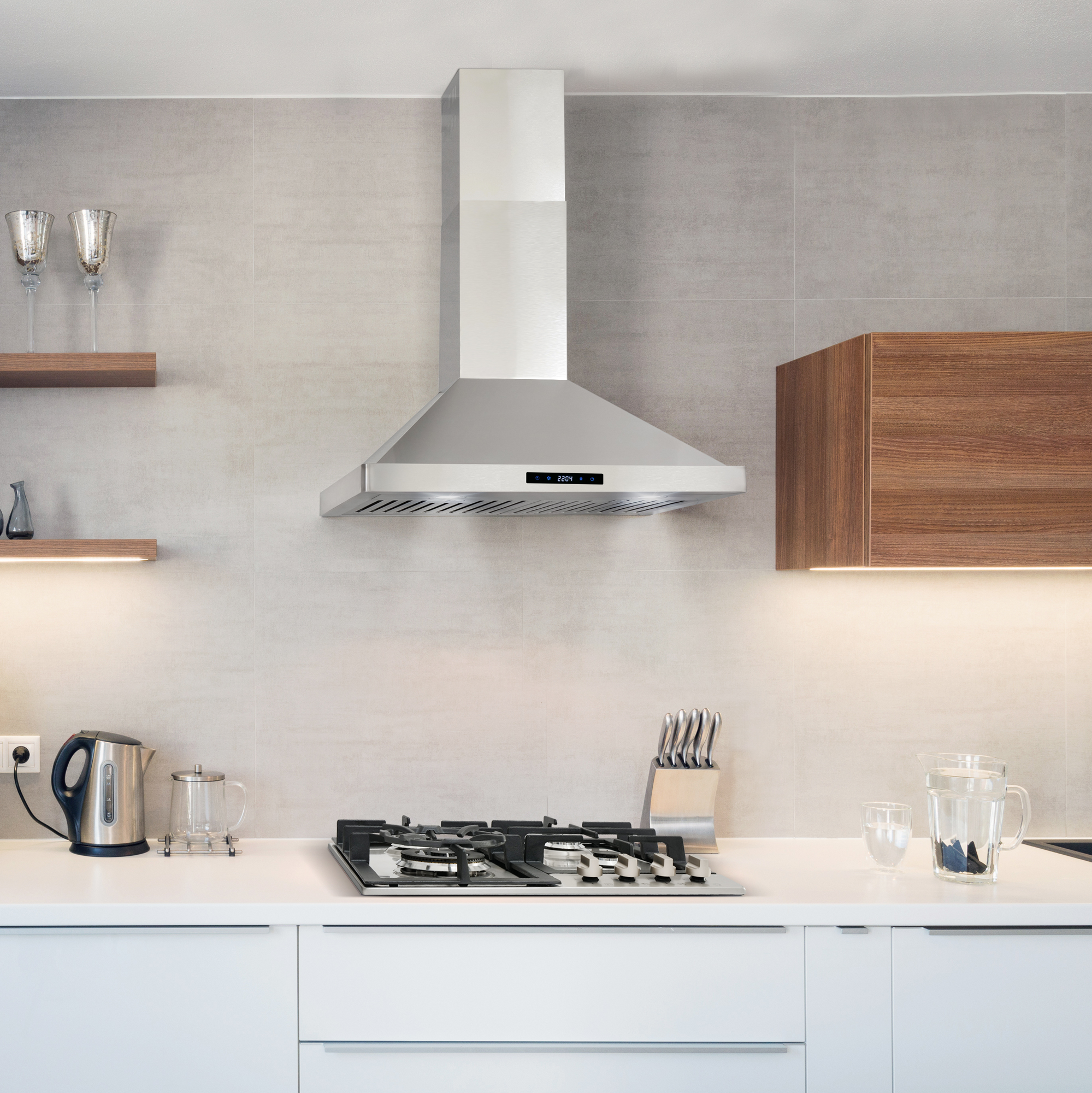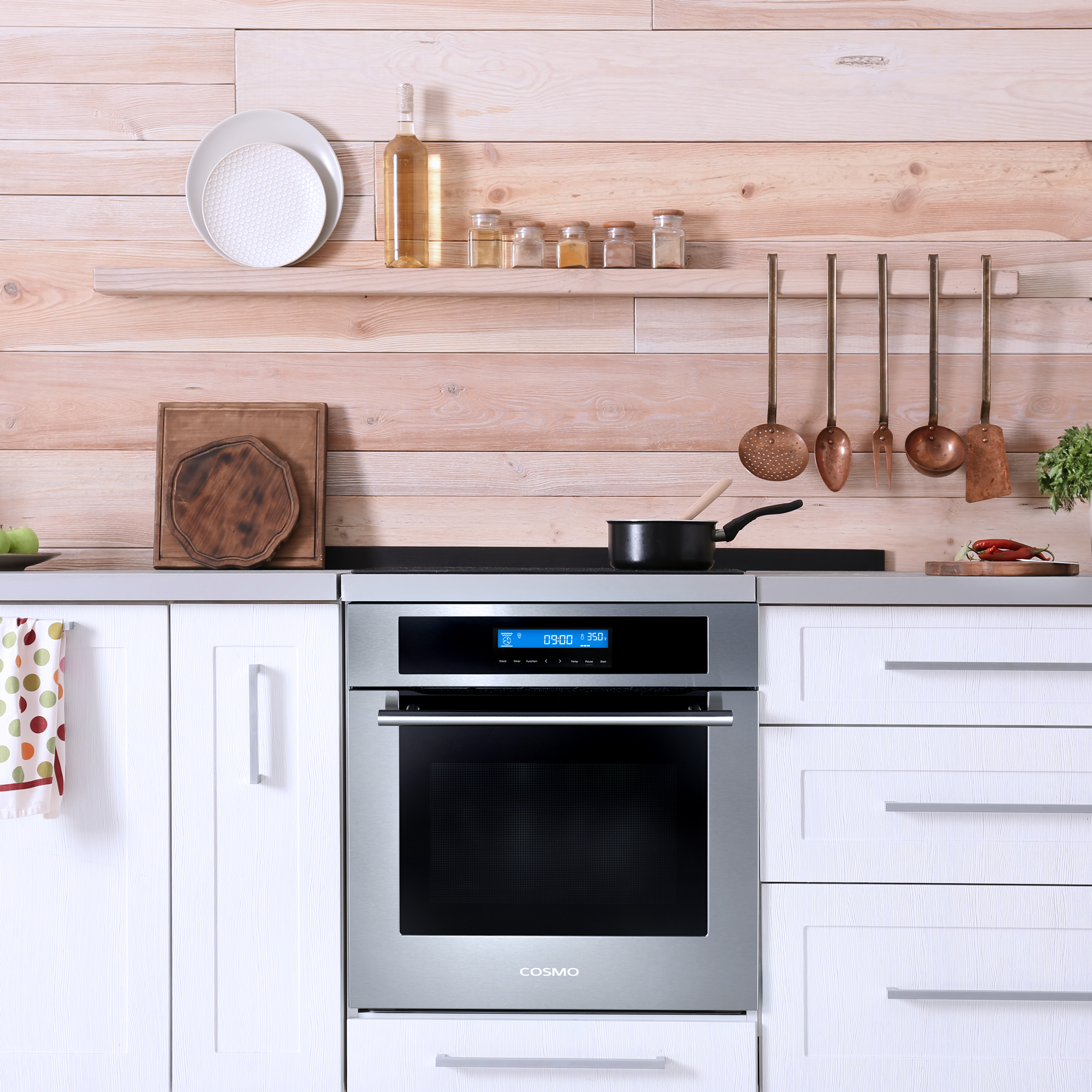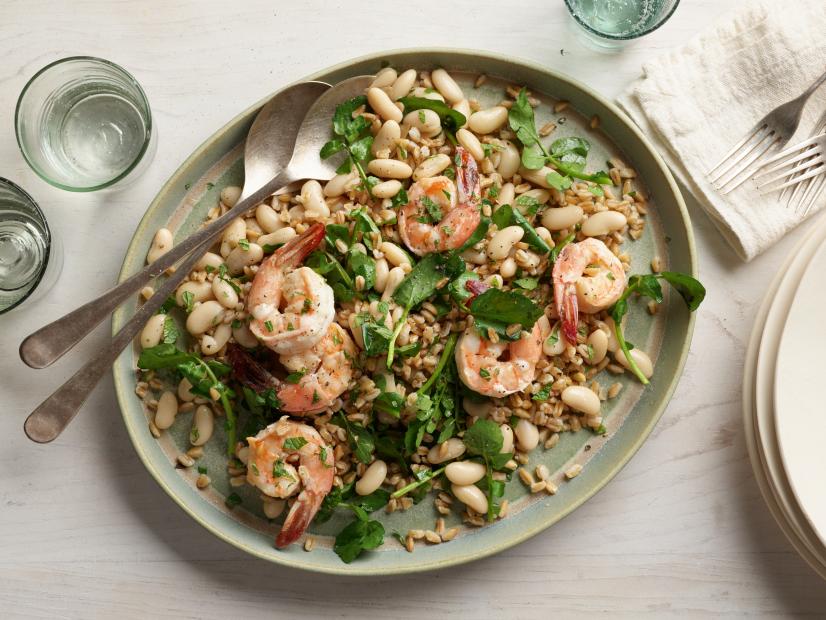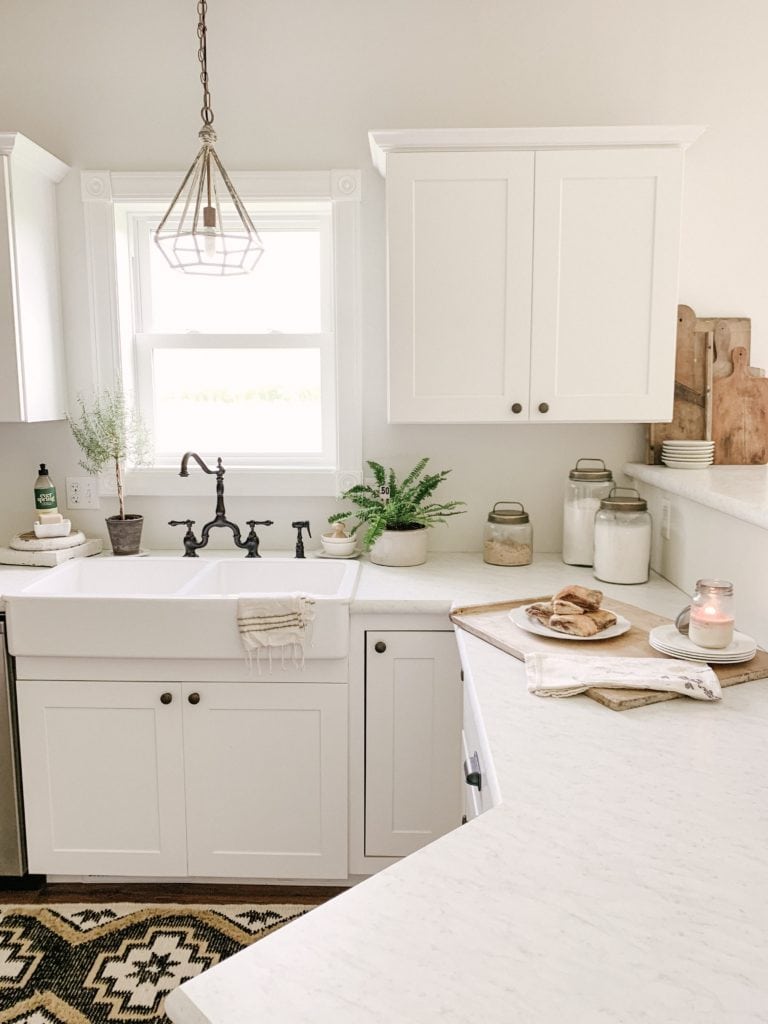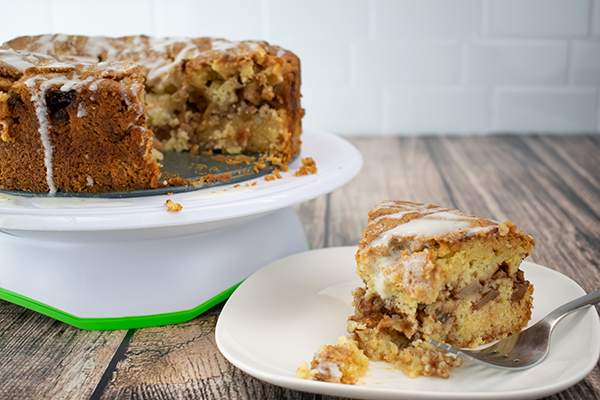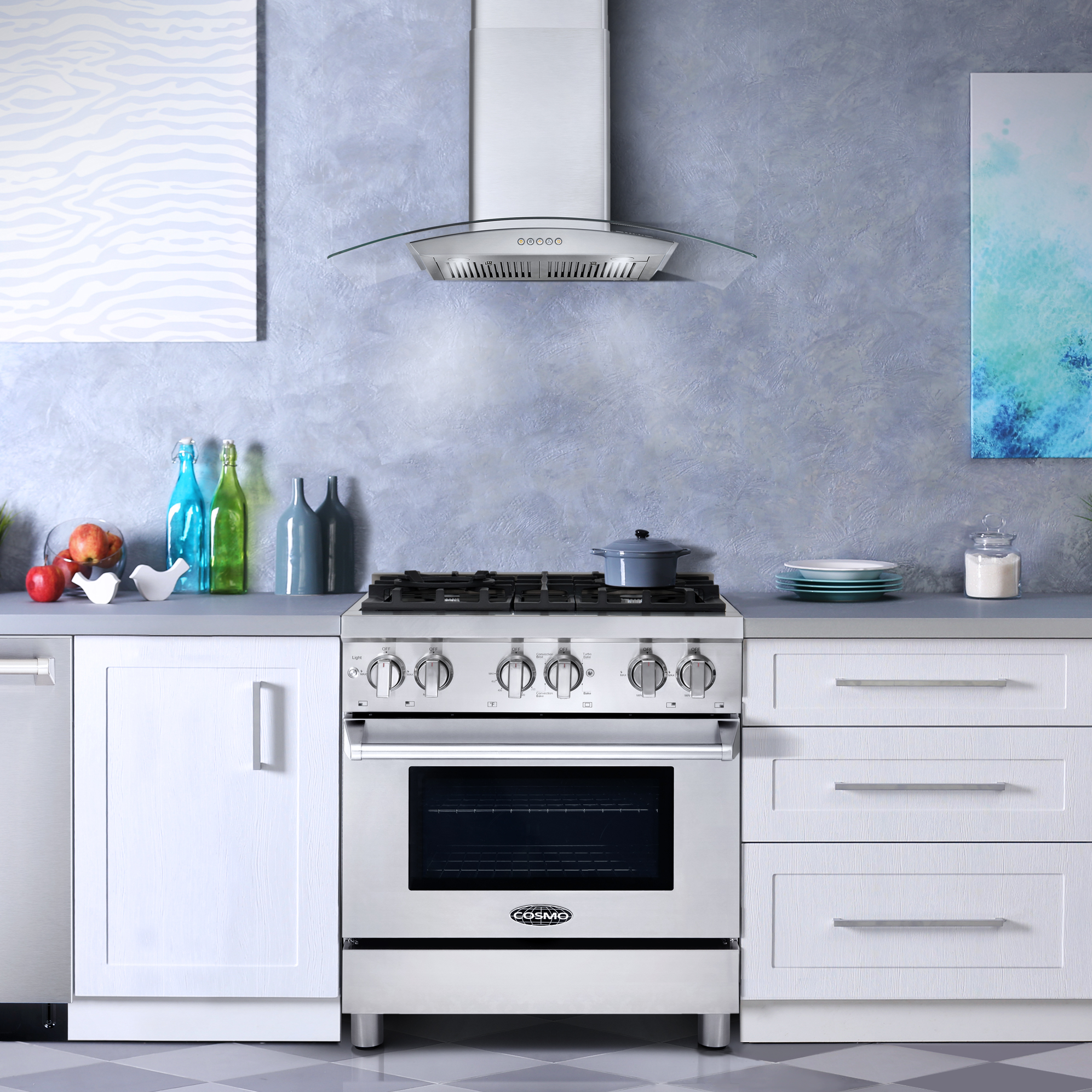What to Look for in a Microwave
Look no further for a complete rundown on microwaves and what to look for. Whether you’re shopping around for a new one or looking to replace your old one, here’s all the information you’ll need on making your next purchase. Types Microwaves come in three main types: countertop, over-the-range and built-in. Countertop microwaves are the most common for their affordability. These are great to simply take out of the box and plug in for a no-hassle installation. Over-the-range and built-in microwaves on the other hand require some setup time and most likely a professional installer. These kinds of microwaves have additional benefits however. An over-the-range microwave can vent fumes and odor away from a range below. A built-in model will free up counter space and look more sleek in cabinetry. Countertop microwaves can often utilize a trim kit to get the same built in look. Size Once you decide the kind of microwave you’d like you can turn to the size. Establish how you’ll be using the microwave. If you’re just cooking for yourself then maybe you can opt for a smaller capacity model. Be sure to factor in the counter space you’ll be losing with countertop microwaves. Most models will have a 1-2 cubic feet range. External dimensions can also vary so always measure the desired location to make sure it properly accommodates for the size. Wattage For microwaves, wattage directly translates to power. A 1,000 watt microwave is a great baseline to start from. Anything less may result in slower cooking. In general, the higher the wattage the faster the cooking time. Keep in mind a high wattage microwave will be more expensive. Features Automatic defrost and pre-programmed settings can make your life easier when warming up snacks. Sensors can also calculate cook time based on the steam the food emits. This will help ensure your food heats exactly the way you want it to. Pay attention to safety features like a child lockout if there will be young children present. This feature will prompt for a sequence of numbers to operate the appliance. Check the microwave’s buttons and icons. If they are too small or close together you may accidentally press something you didn’t intend to. Smooth control panels will be easier to clean than buttons or knobs. Are you ready for your next appliance upgrade? Learn more about our microwaves here. Sources: Good House Keeping

